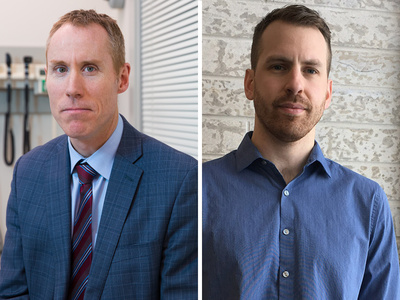 Canada’s recent legalization of medical assistance in dying has meant that health systems have to adapt to provide this service. A new study in the Canadian Medical Association Journal estimates that the direct cost of providing this service will range from $1.5 to $14.8 million annually, excluding the cost of services required for program administration and
Canada’s recent legalization of medical assistance in dying has meant that health systems have to adapt to provide this service. A new study in the Canadian Medical Association Journal estimates that the direct cost of providing this service will range from $1.5 to $14.8 million annually, excluding the cost of services required for program administration and
«We are not suggesting medical assistance in dying as a measure to cut costs," write Drs. Aaron Trachtenberg and Braden Manns, University of Calgary, Cumming School of Medicine. «At an individual level, neither patients nor physicians should consider costs when making the very personal decision to request, or provide, this intervention.»
Health-care costs escalate during last six months of life
The researchers combined data from the Netherlands and Belgium — where medically assisted dying is legal — with recent data on
Cost of assisted dying determined using four models
To estimate costs of assisted dying, the researchers ran four different models based on one, two, three and four per cent of deaths and created subgroups based on sex, age and average cost of health care use in the last month and last week of life for each subgroup.
The authors note a limitation of using data from the Netherlands and Belgium as assisted dying is allowed for minors, people with dementia and
«The true effect on
Need for further patient-level research
«Our analysis is only a cost analysis and does not consider the clinical effects of medical assistance in dying on patients at the end of life," write the authors. «
In a related commentary, Dr. Peter Tanuseputro, a physician at Bruyere Research Institute and the Ottawa Hospital Research Institute, writes that Canada should improve palliative care to improve
«These potential cost savings, which are not trivial, should be considered in the context of the largely inadequate and haphazard delivery of palliative care across Canada," he writes. «Despite some successful and exemplary palliative care programs, palliative care in Canada remains deficient; this is the reason that aggressive,
Large potential cost savings anticipated
Transforming palliative care will improve quality of life for dying patients by alleviating suffering. «What matters most is that we address society’s failure to provide adequate care for the dying," he concludes.


